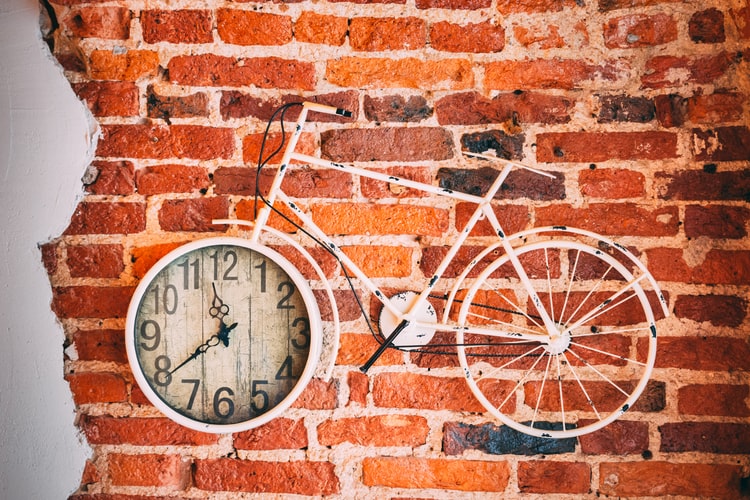Clocks are considered to be essential in households all over the world and are very common due to their practical usage. In this article, we will touch on the history of clocks as well as diversifying them by some characteristics.

Egyptians were the first to invent a timekeeping device using water movement to measure time. Albeit inaccurate, that was a revolutionary invention at the time. Later on, Saxons invented candle clocks, dividing candles into several segments that would indicate time passage after burning out. The first instance of mechanical clocks dates back to middle age, specifically to churches in Europe. Makers of those clocks are unknown but it is considered that they were first invented in the 14th century. Moving forward, clocks were still highly inaccurate until the pendulum introduction in the later years of the 17th century. During the years that followed, many iterations of clocks were made such as the cuckoo clocks, grandfather clocks and many more. By the mid-1800s, almost every town in Britain had its own clock built upon a tower or a tall building. Further technological development impacted clocks as well, with the invention of quartz oscillators and atomic clocks that are still used to this day.
Types of Clocks
There are 13 types of clocks that see modern usage and in the following section, we will dissect every one of them.

There are many styles and types of clocks and in this segment, we will individually analyze every one of them.
Firstly, there is the standard wall clock, the most commonly used clock in almost every room. Oversized wall clocks are very unique in their usage and design, being commonly found in schools, eye-doctor offices or in very large rooms. Next up is the mantel and tabletop clock, which is very specific due to it’s very antique and traditional design. Moving forward we have maritime and weather station clocks, clocks that measure humidity and weather as well as time. Just as important as wall clocks are alarm clocks, mostly used by people who want something that can efficiently wake them up in the morning. Grandfather clocks are the clocks that preserve the old-school design and are commonly passed from older to younger generations as a sign of family tradition. However, their exclusive design and size make them quite expensive. Next up are cuckoo clocks which are very entertaining to use because of their mechanic in which a tiny bird figure pops out with every passing hour. Outdoor clocks are placed in the street so passengers can be aware of the time while floor clocks are mounted clocks that rarely see usage nowadays. Pendulum clocks and anniversary clocks are very unique because they use the “tick-tock” mechanism and are still used as a decoration. Sun clocks and water clocks are devices that have been used in the past to calculate time but are obsolete due to their impracticability.
Unique Features
Every clock has unique features that make it special, we will discuss them in the following section.

Digital clocks display their time digitally while analog clocks use a traditional clock dial. Additionally, large display clocks are digital clocks that have a significantly larger display. Adopting the traditional style is the roman numeral clock, using roman numbers instead of Arabic ones. Calendar clocks display the day and date and time while musical and auditory clocks signal the time of day with a certain musical composition. Automatic Chime Shutoff clocks are traditional alarm clocks that use pendulums and cuckoo calls to signal the time. Battery-powered clocks use batteries in order to function while radio clocks use longwave radio transmitted codes. Light sensor clocks are a variation of alarm clocks that react and alarm us when they are exposed to daylight.
Shape and Mechanism
Clocks can be categorized by shape and mechanism as well
When we categorize them by shape, clocks can be round, rectangle and square, with round clocks being the most common ones as most wall clocks are round-shaped. Novelty clocks include a certain image or a specific design which brings more life to an ordinary-shaped clock. Clocks can be divided by mechanism as well, with atomic clocks being the most precise ones, using electromagnetic signals to measure time. Mechanical clocks use oscillating mechanisms and gears while quartz movement clocks use quartz crystals as their main mechanism. Finally, we have electric clocks that are simply powered by electrical wires.
Hopefully, you have learned something about clocks, as they are truly one of the most useful and unique devices that surround us.
